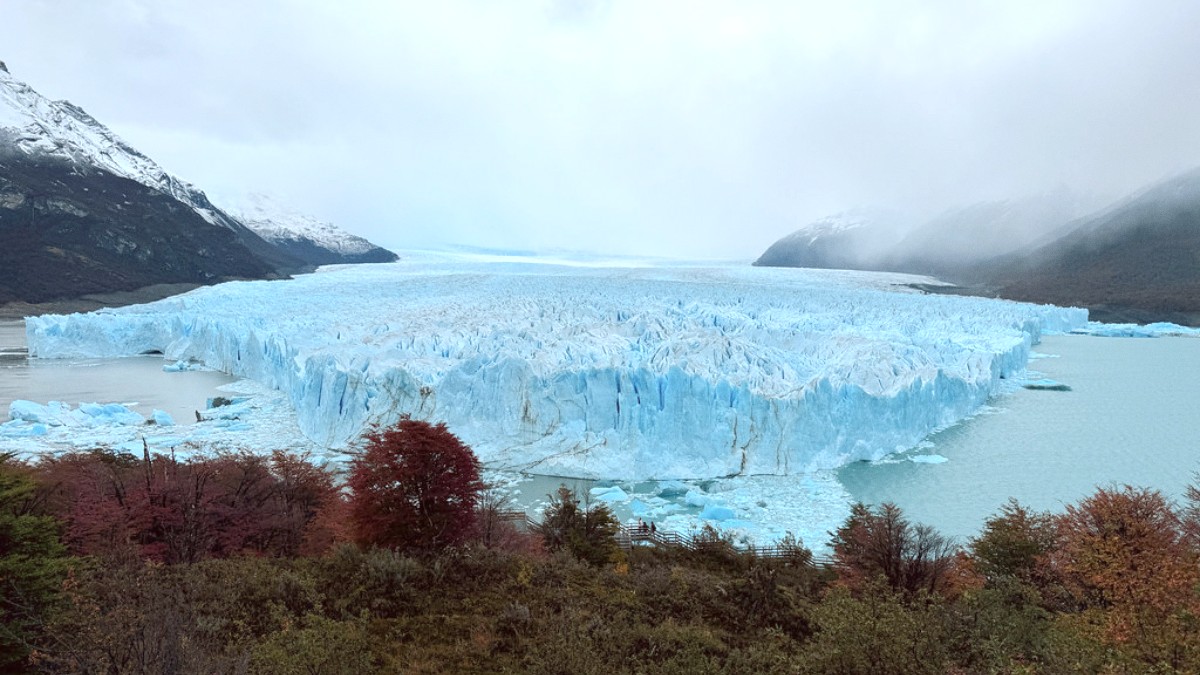
Southern Patagonia, Chile
Local bus routes operate within Puerto Natales, mainly connecting the main bus terminal with the town center and some residential areas. Tourists do not use these frequently, as the town center is compact for walking. Regional buses to Torres del Paine are the most relevant for visitors.
Companies like Buses Fernandez, Bus Sur, and Buses Pacheco offer daily scheduled services from the Puerto Natales bus terminal directly to the various entrances of Torres del Paine National Park. These are comfortable, full-sized coaches for long-distance travel.
Exploring the town center of Puerto Natales on foot is the most efficient and enjoyable method. Most points of interest are walkable.
The Terminal Rodoviario is slightly outside the town center. Plan your time to get there for regional bus trips.
Secure seats for popular routes like Torres del Paine and Punta Arenas, especially during high season or with tight schedules.
Valid driver's license, credit card, and IDP recommended. Wider selection at PUQ. Cross-border travel needs special authorization.
Rarely available and generally not recommended for Patagonia's rugged terrain and strong winds.
Available at shops and hostels. Good for town exploration and Cueva del Milodón.
Drive on the right. Seatbelts are mandatory. Speed limits: 50 km/h urban, 100-120 km/h highway.
Walking and cycling are excellent ways to experience Puerto Natales and its immediate surroundings at a slower pace.
CLP 0, best for town center exploration.
CLP 3,000-6,000 per ride, quick trips, night outs, terminal transfers.
CLP 10,000-20,000 per day, short scenic rides, Cueva del Milodón.
Beyond standard options, some specialized transport services cater to specific tourist needs in the region.
Used to travel from Puerto Natales to park entrances.
Essential for park access.
On Lago Pehoé and Lago Grey connect different sectors of the "W" or "O" circuit.
Important for circuit navigation.
Factor these expenses and timings into your overall trekking plans for Torres del Paine.
Pre-planning is .
Warmer sleeping bags, tents, and cooking gear are available for rent from outdoor gear shops in Puerto Natales.
Highly recommended for stability and to lessen strain on knees, especially on ascents and descents.
A headlamp is for early morning starts or navigating campsites. Dry bags protect electronics and clothing from moisture.
Accessibility for walking and cycling around Puerto Natales and its immediate vicinity.
No specific "no-go" areas within Puerto Natales itself. The town is generally safe for pedestrians and cyclists.
Outside the immediate town, stay on marked trails and roads. Off-trail wandering can be dangerous or trespass on private property.
Always exercise caution and be aware of your surroundings, especially when cycling on roads shared with vehicles.
For multi-day treks in Torres del Paine, you will combine regional buses to park entrances and internal park catamaran services to access different sectors.